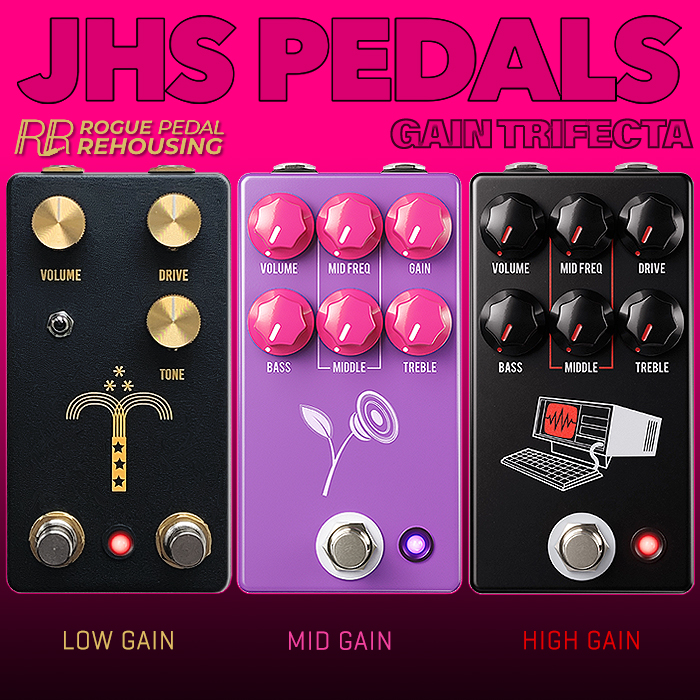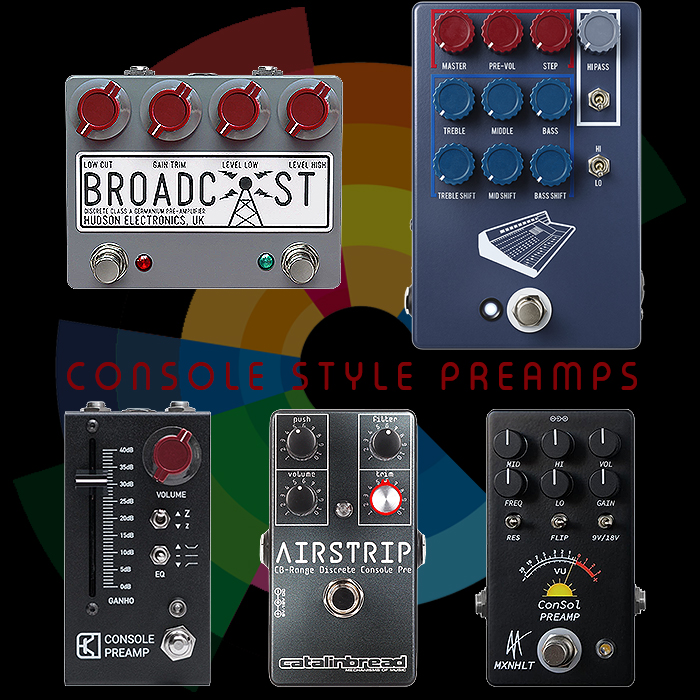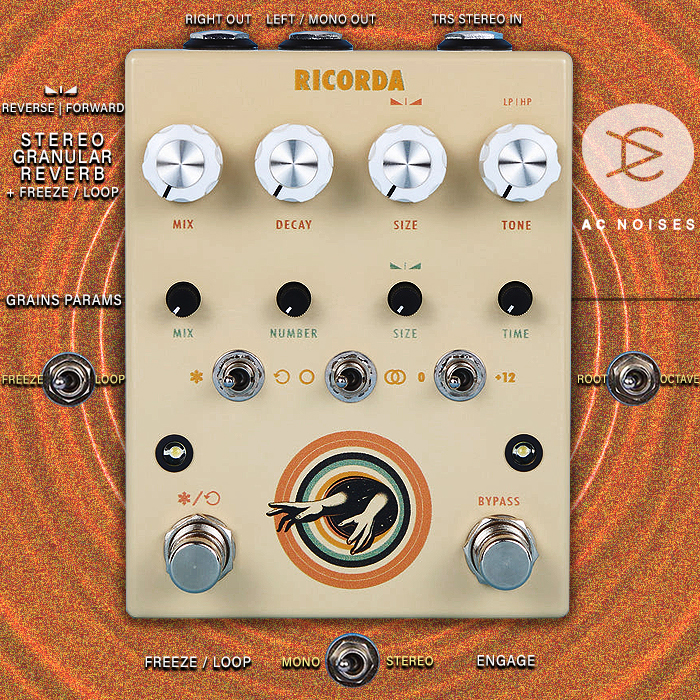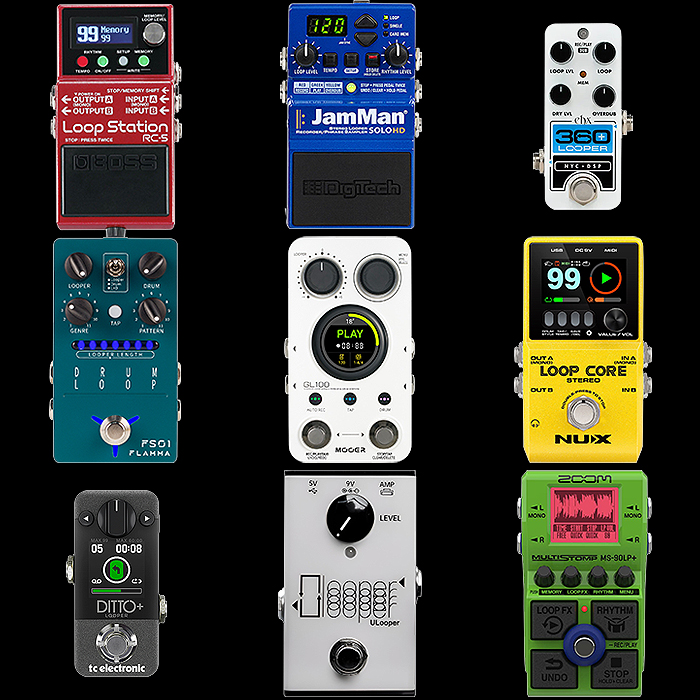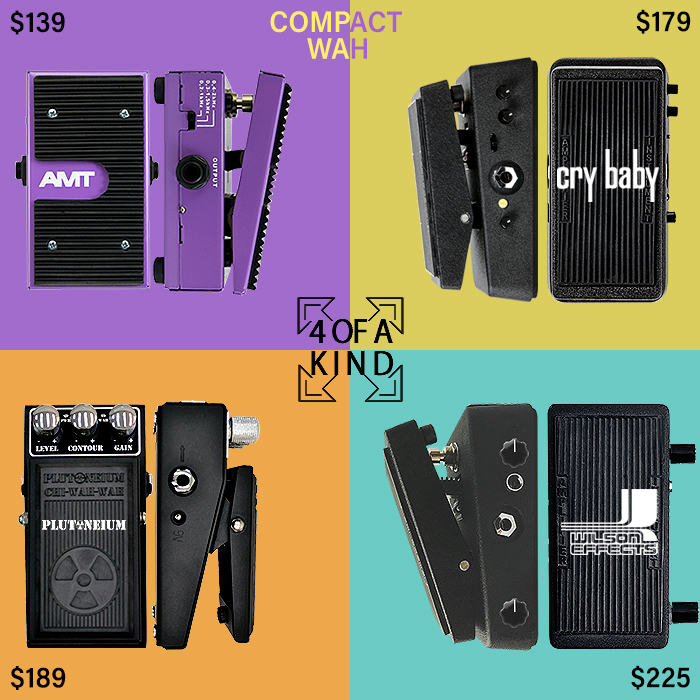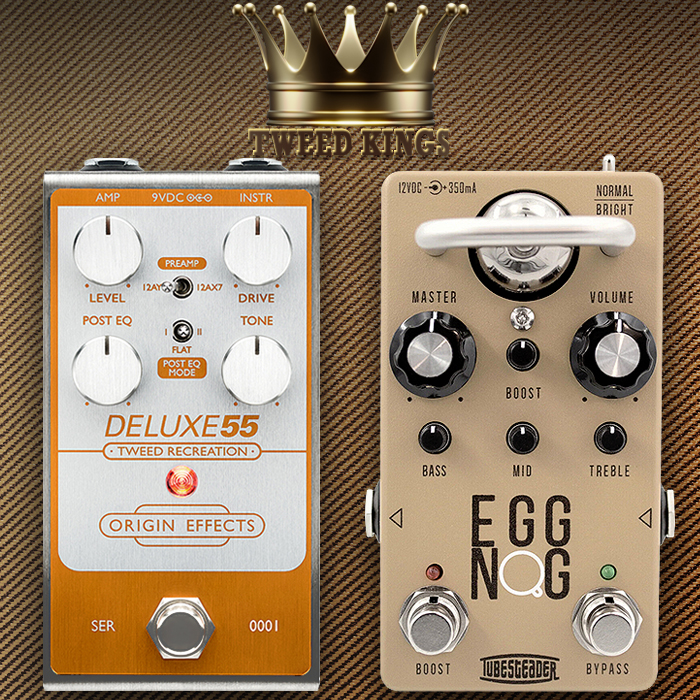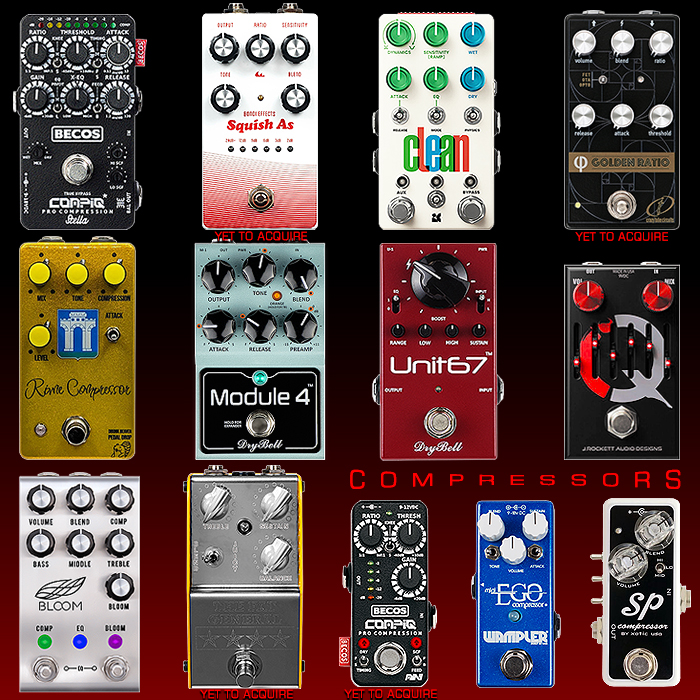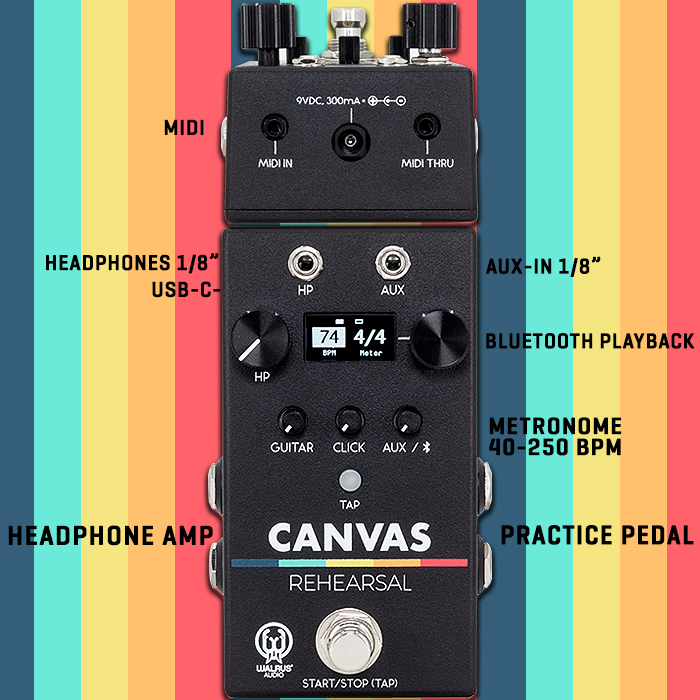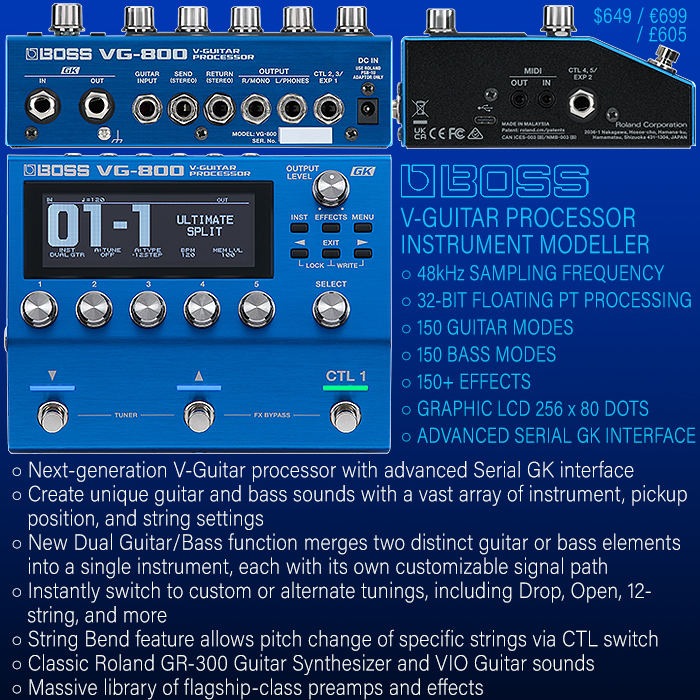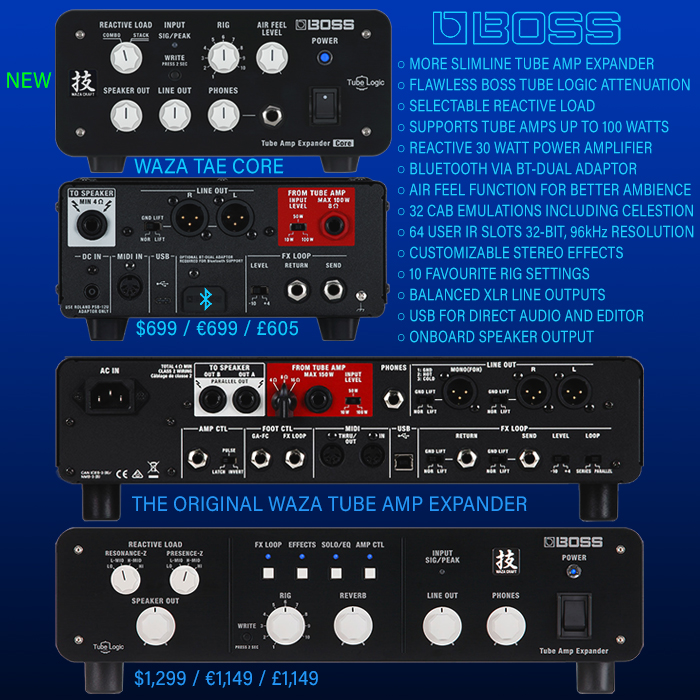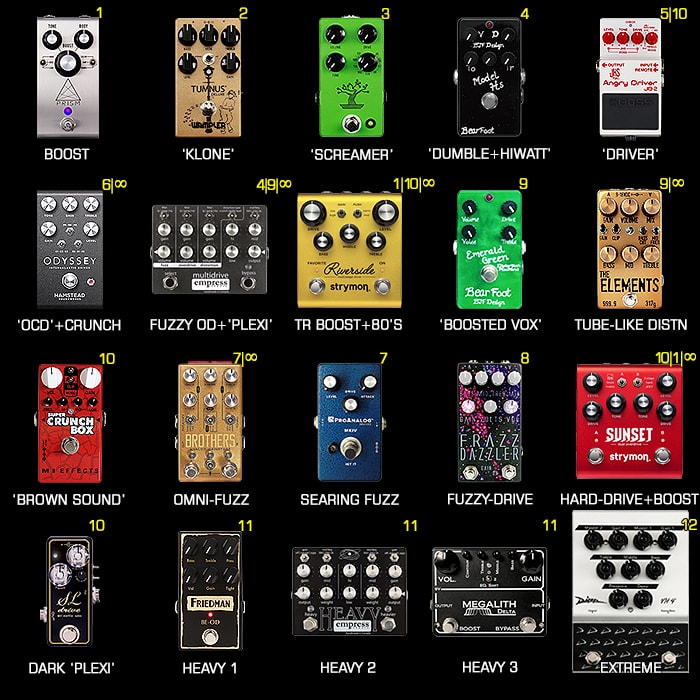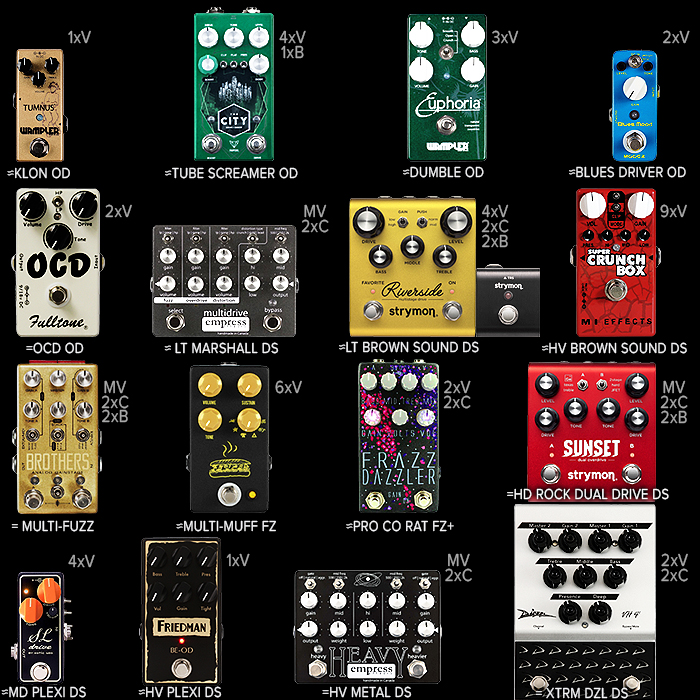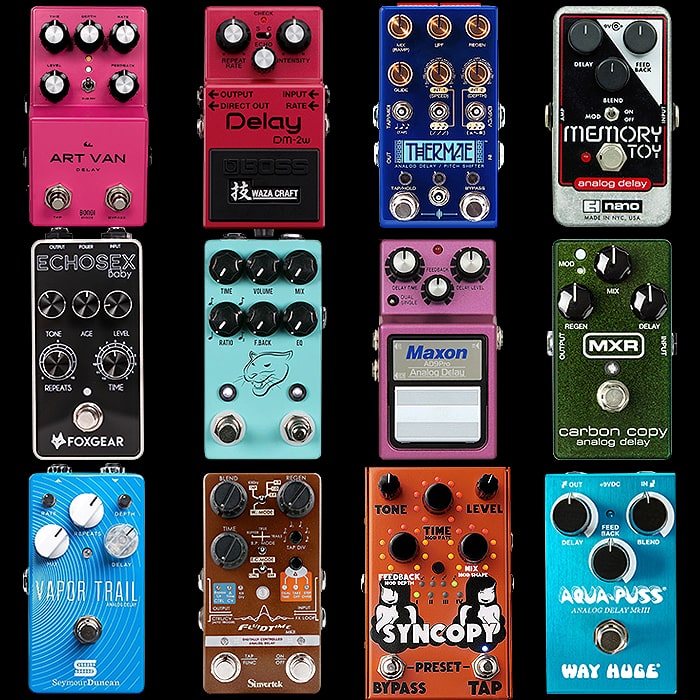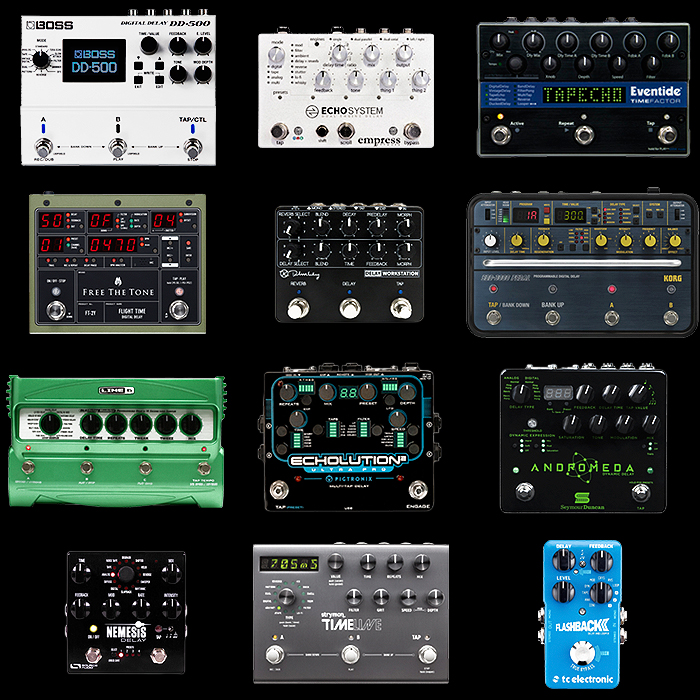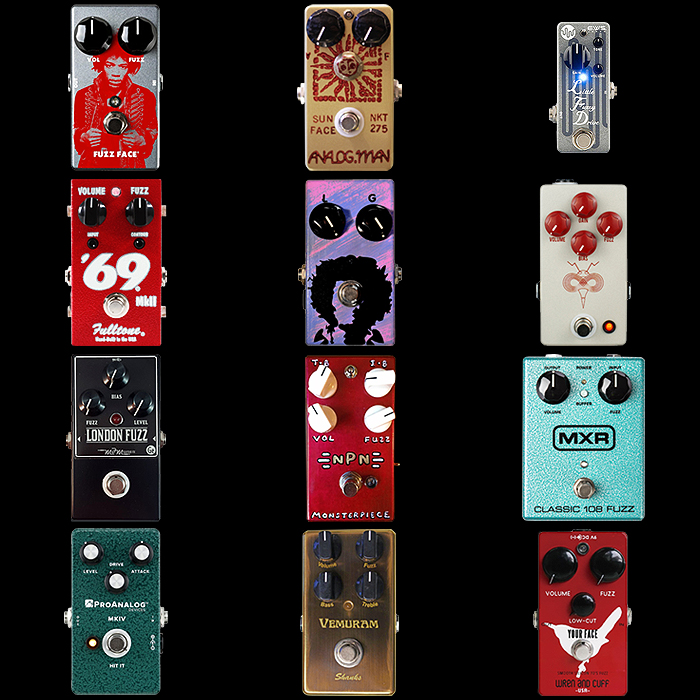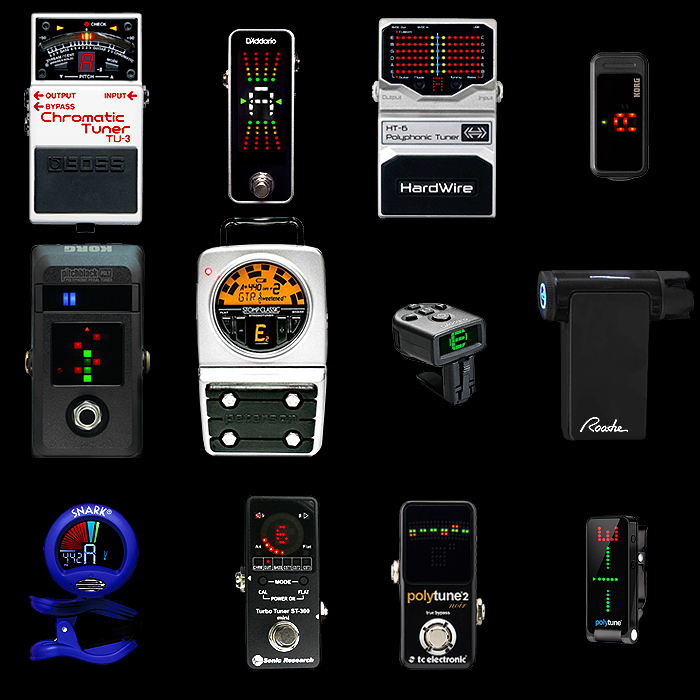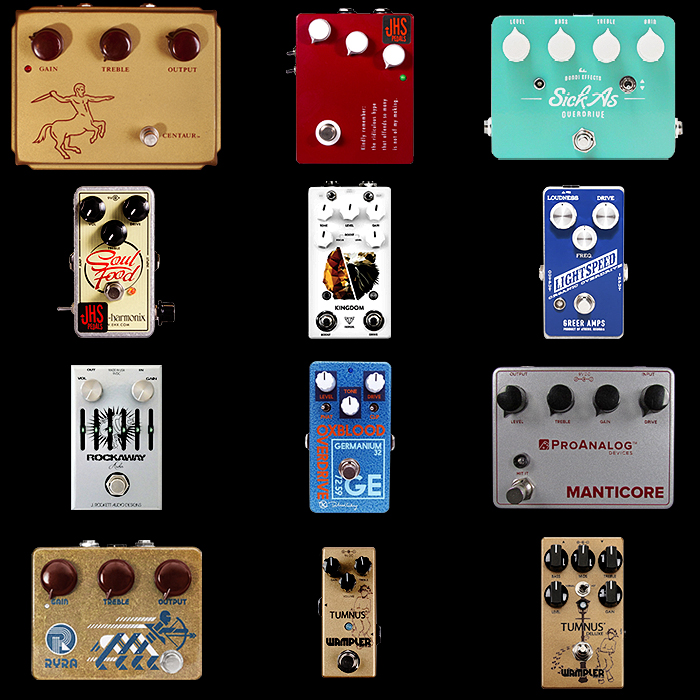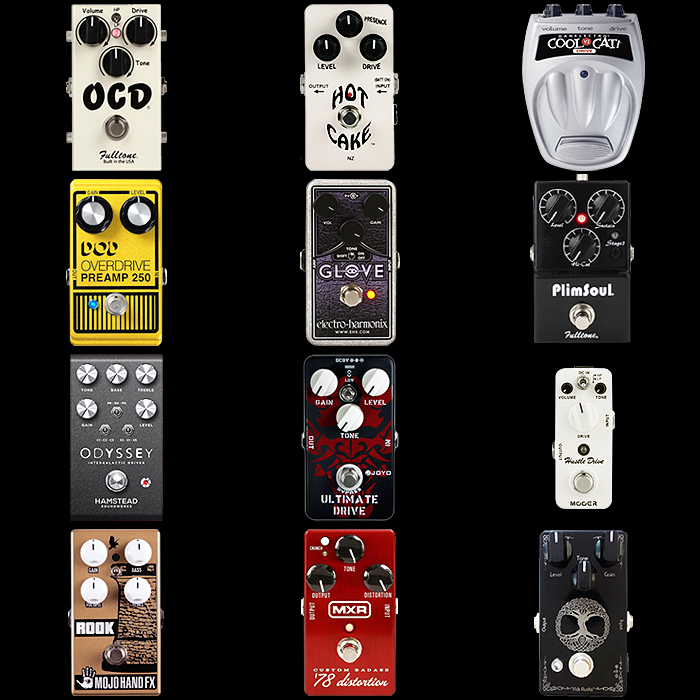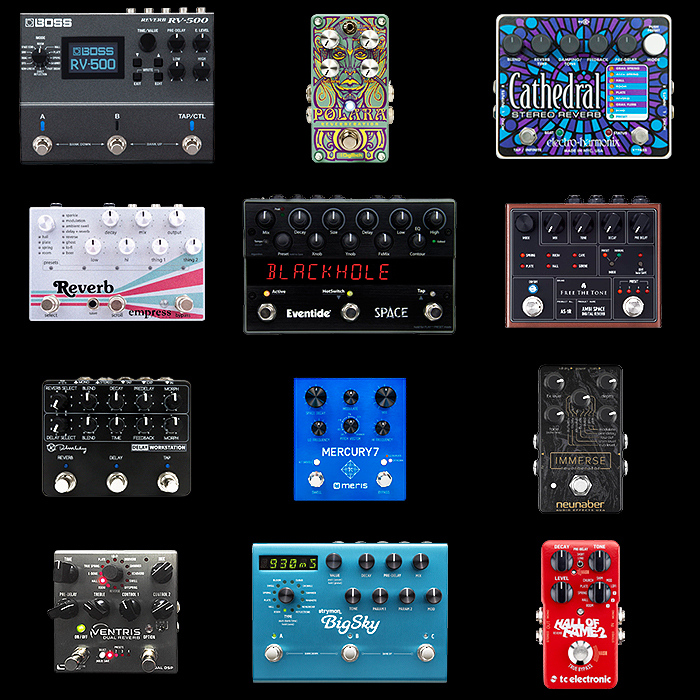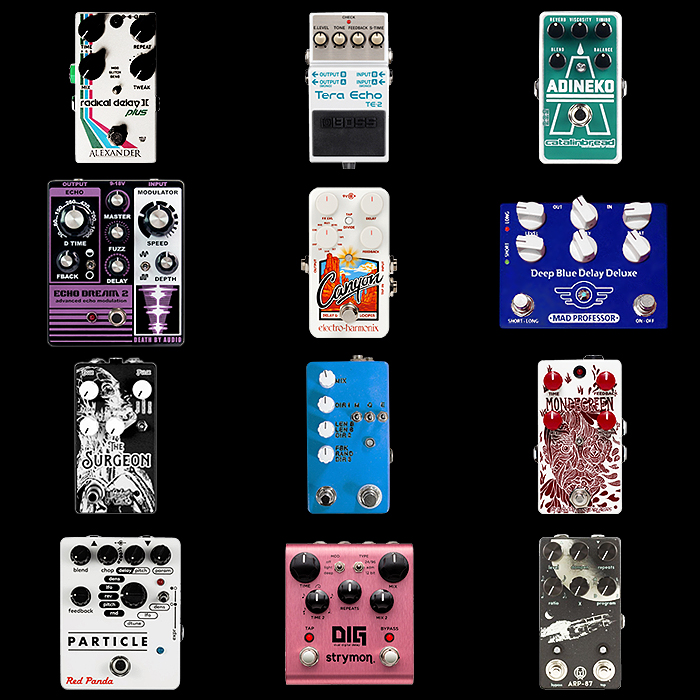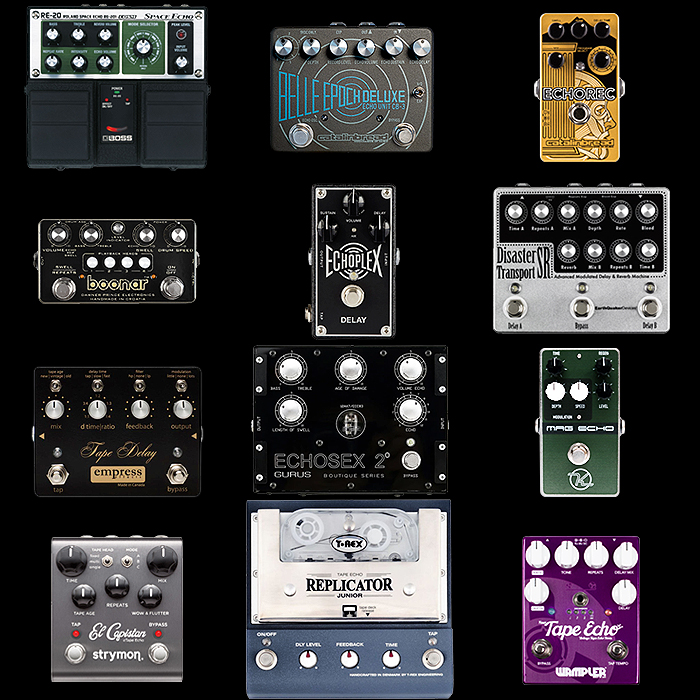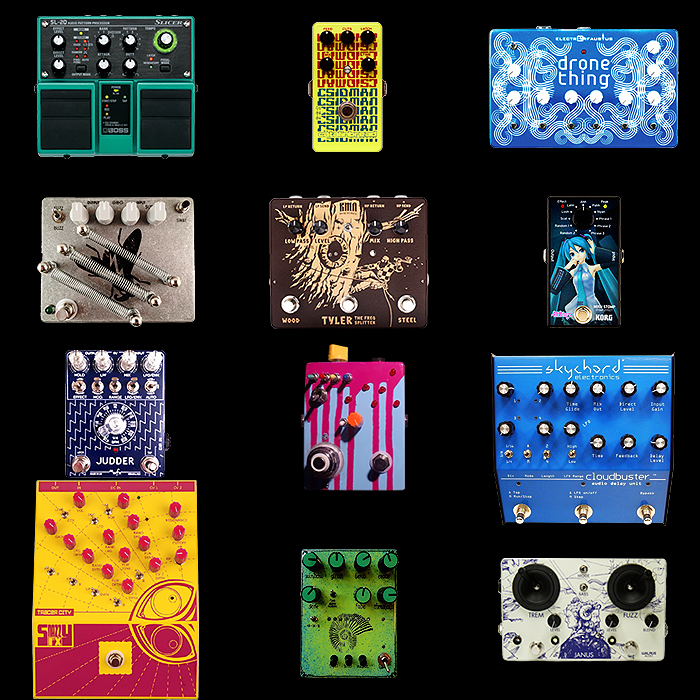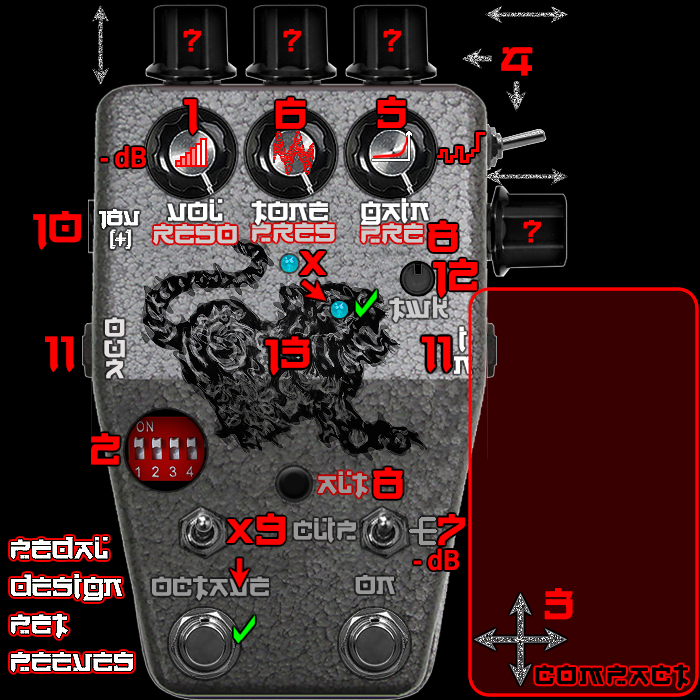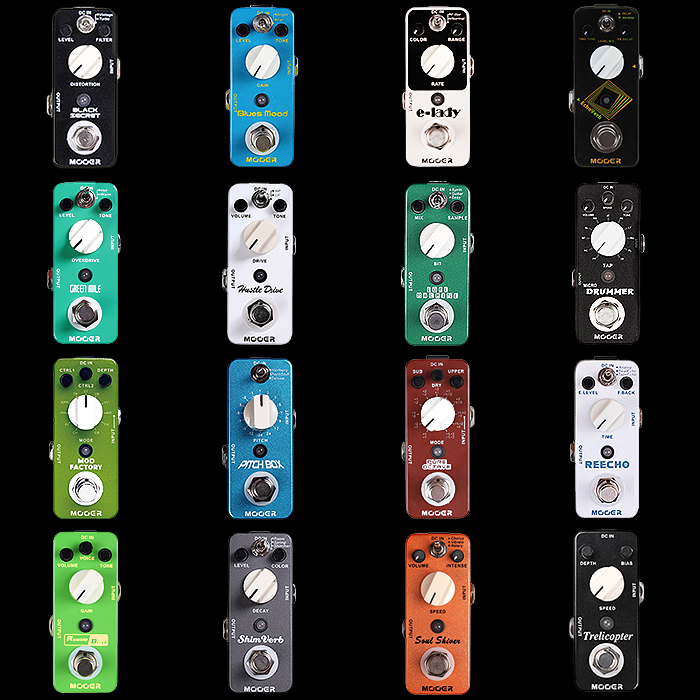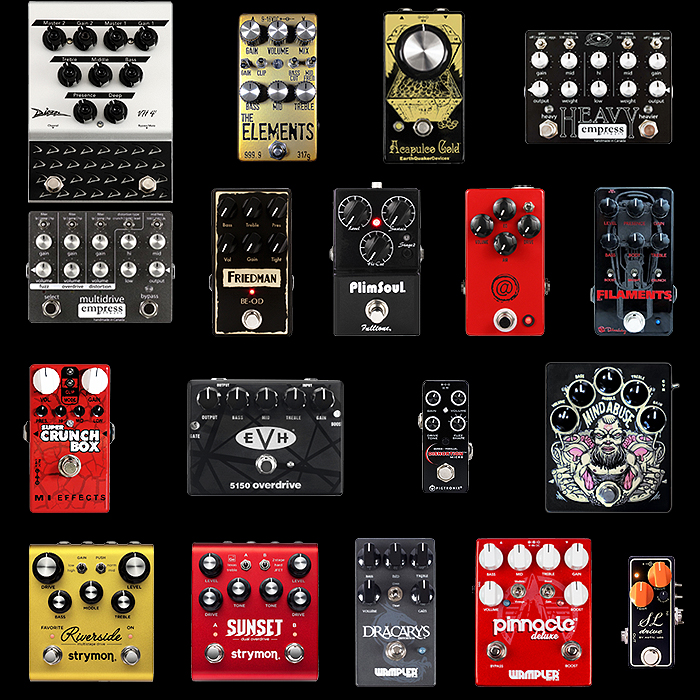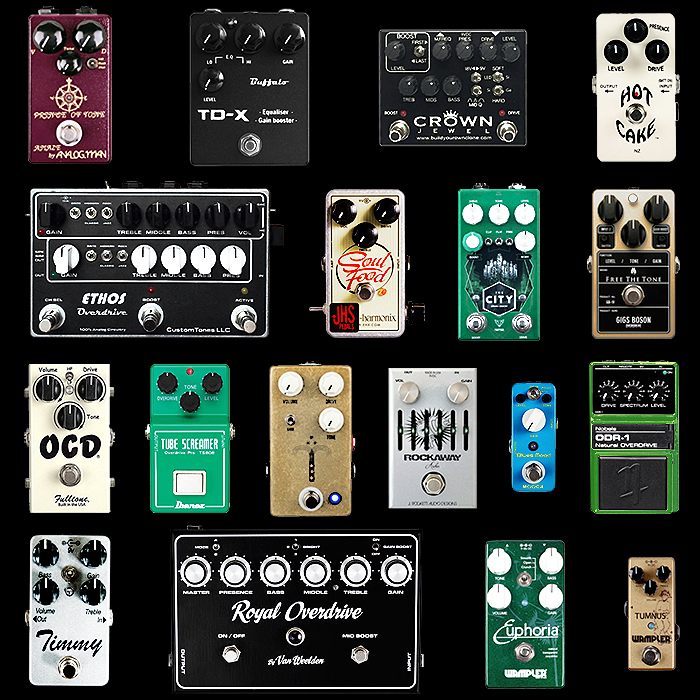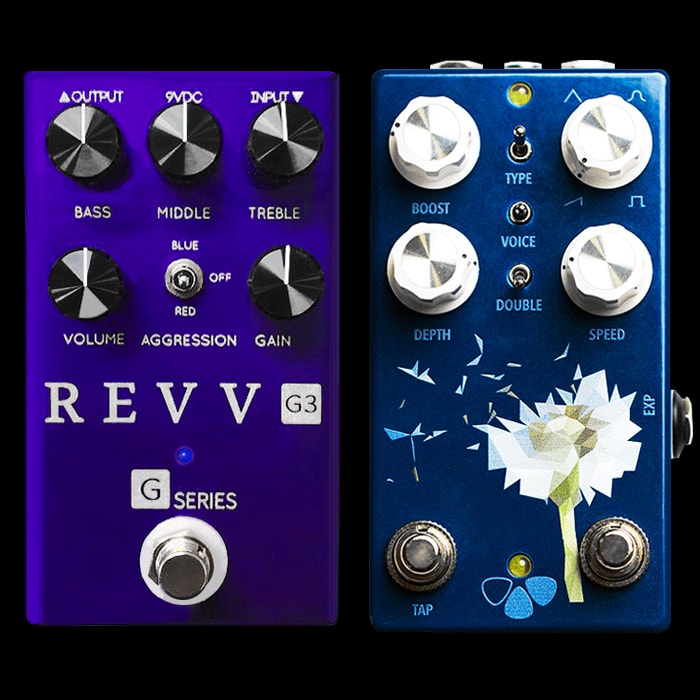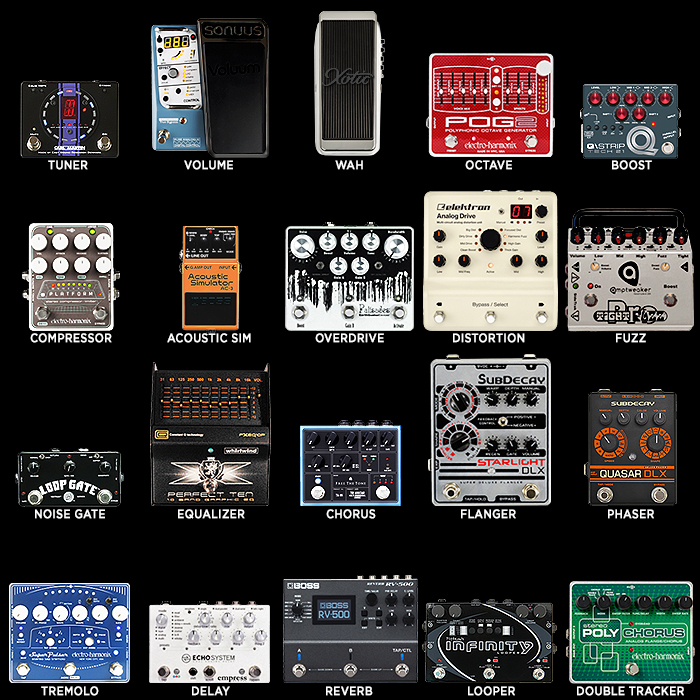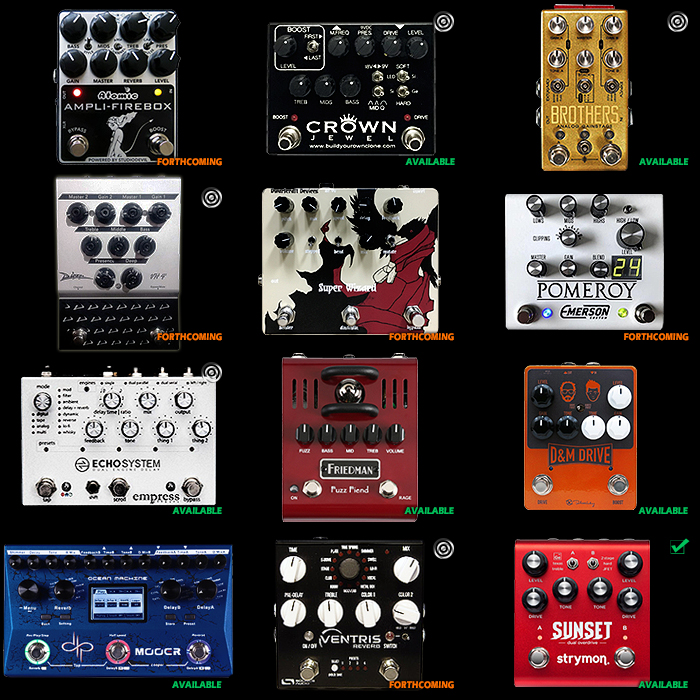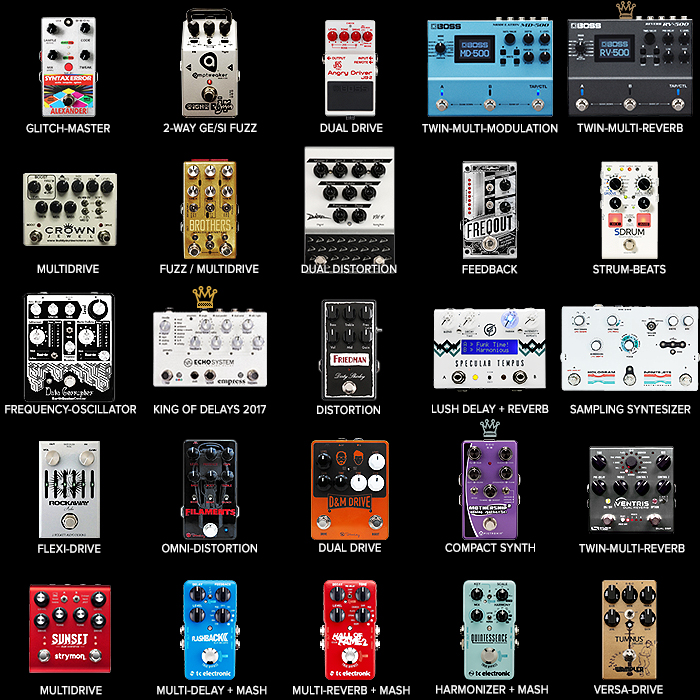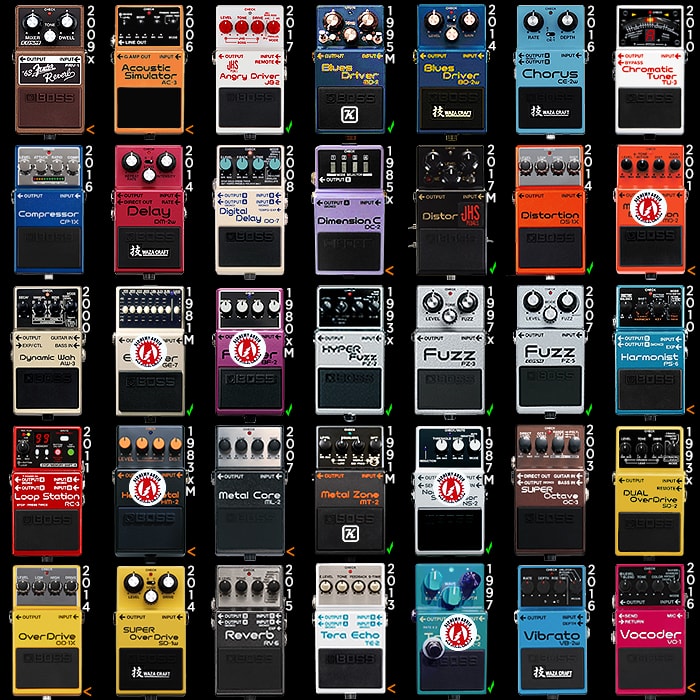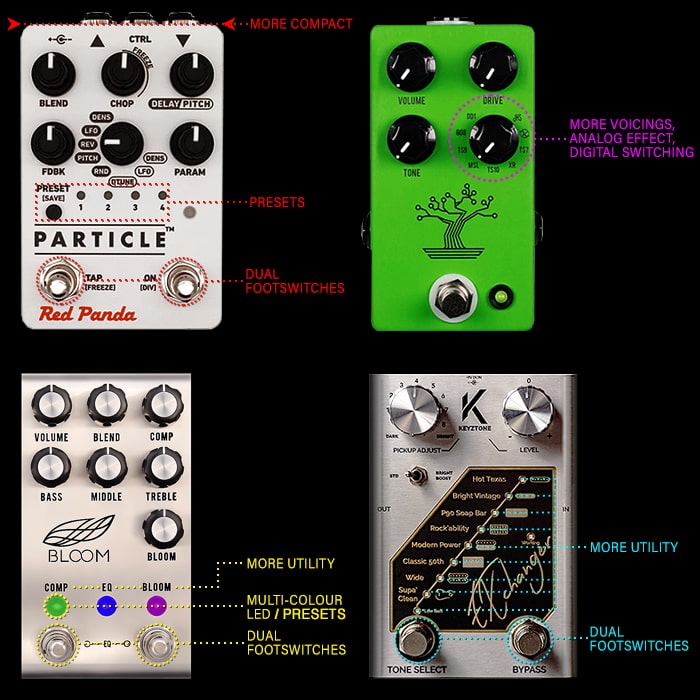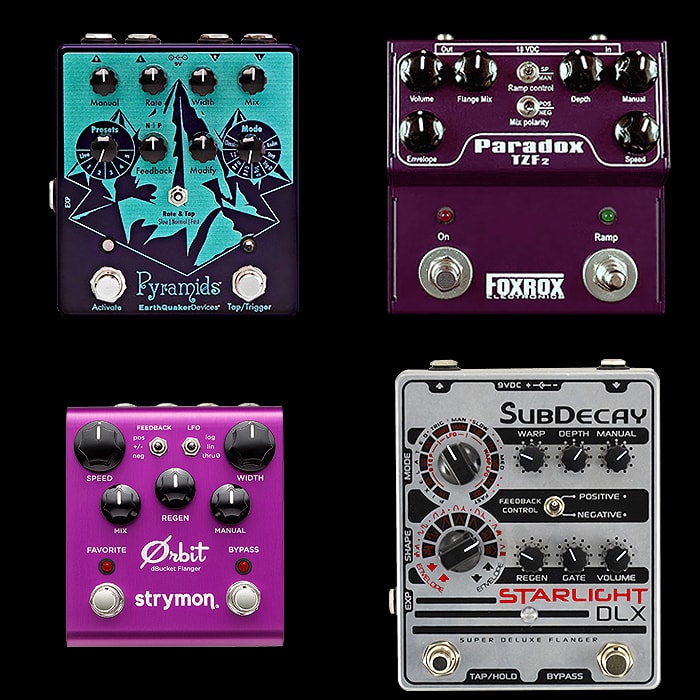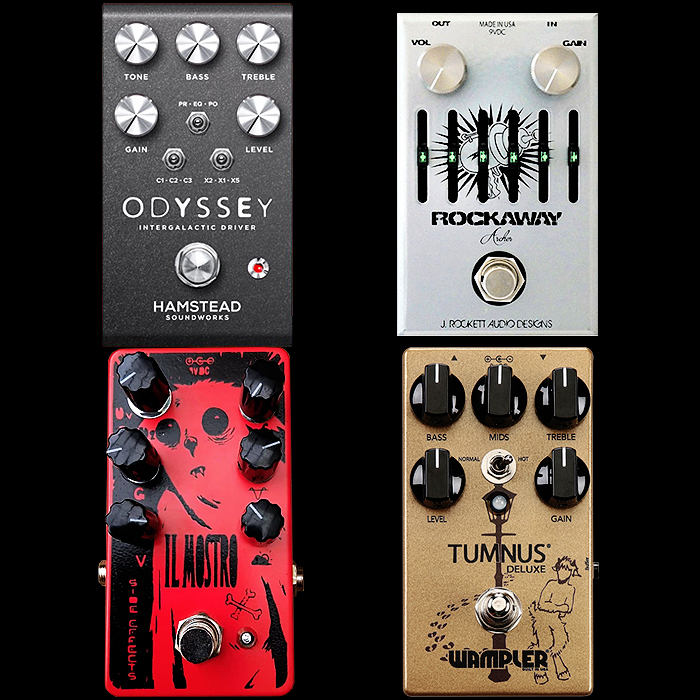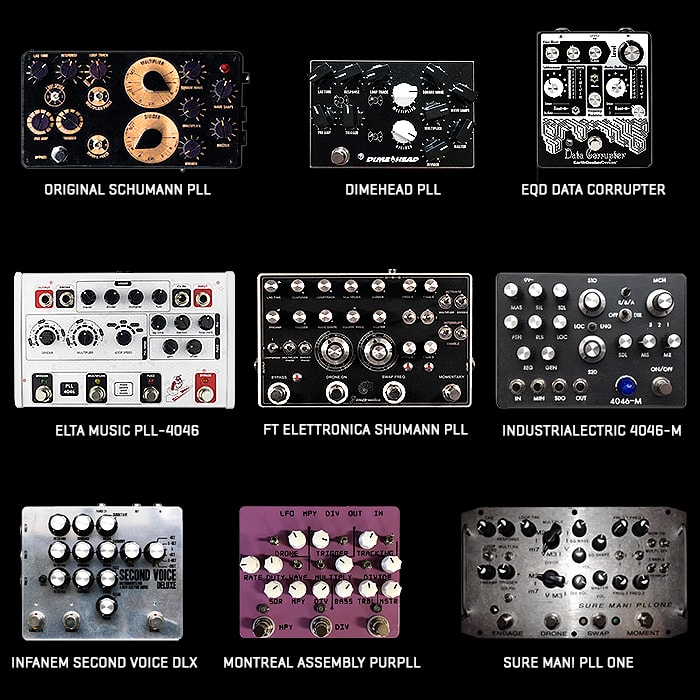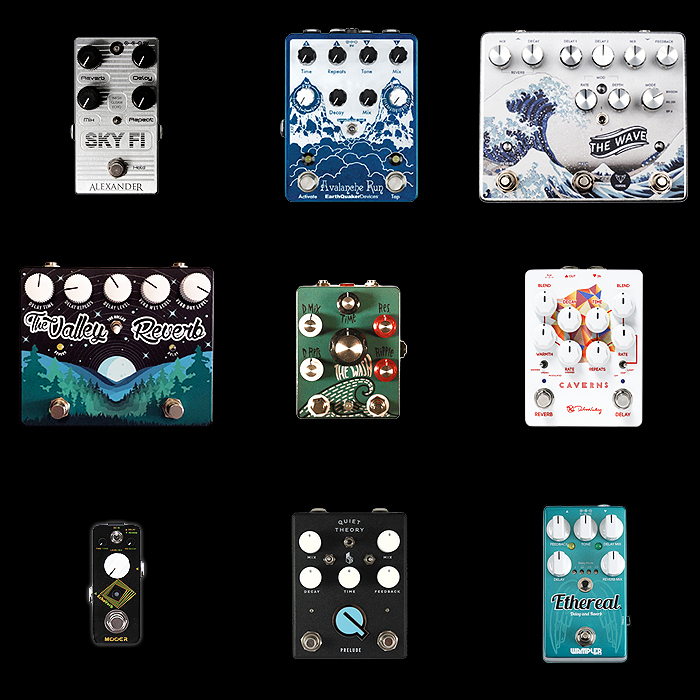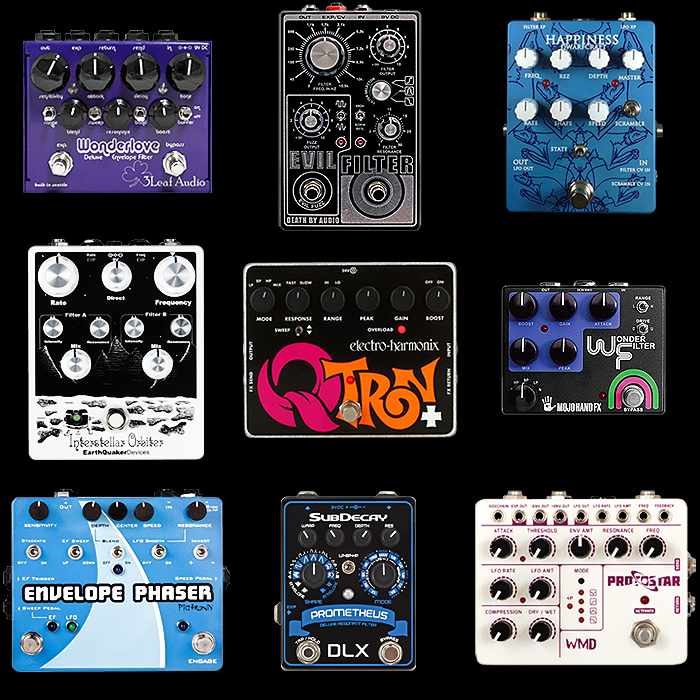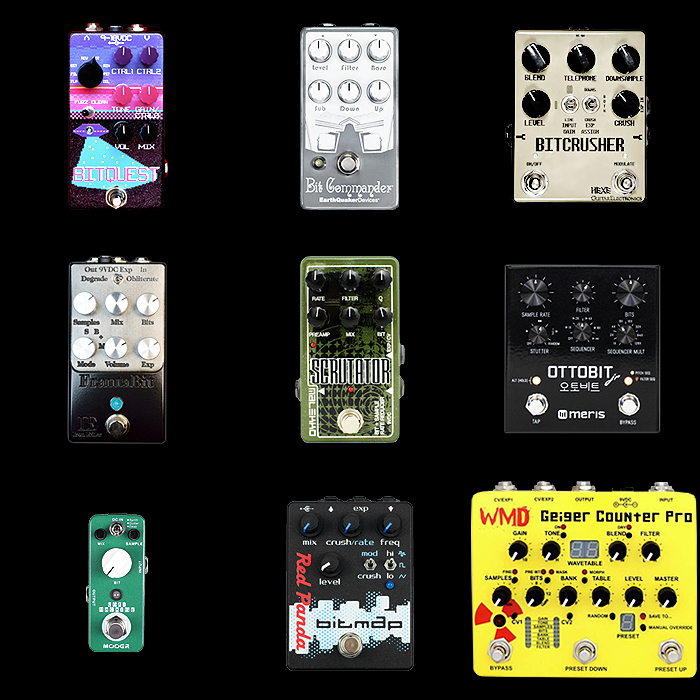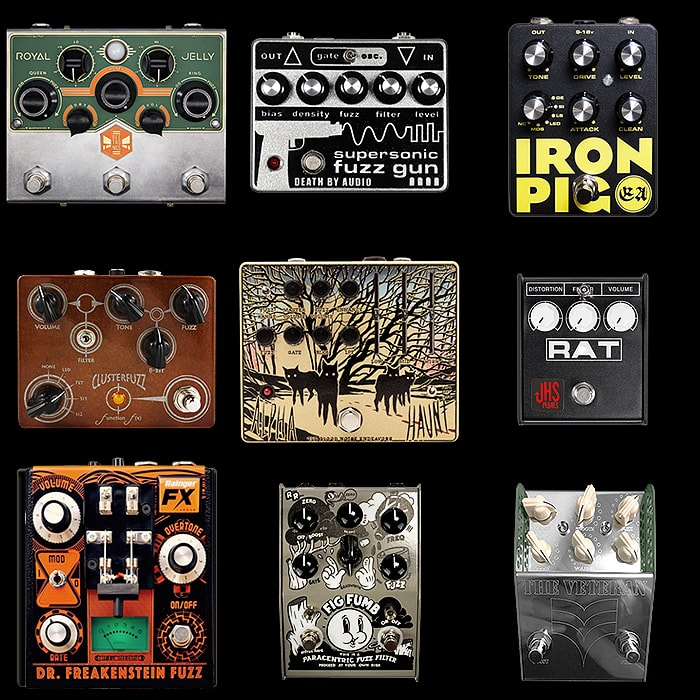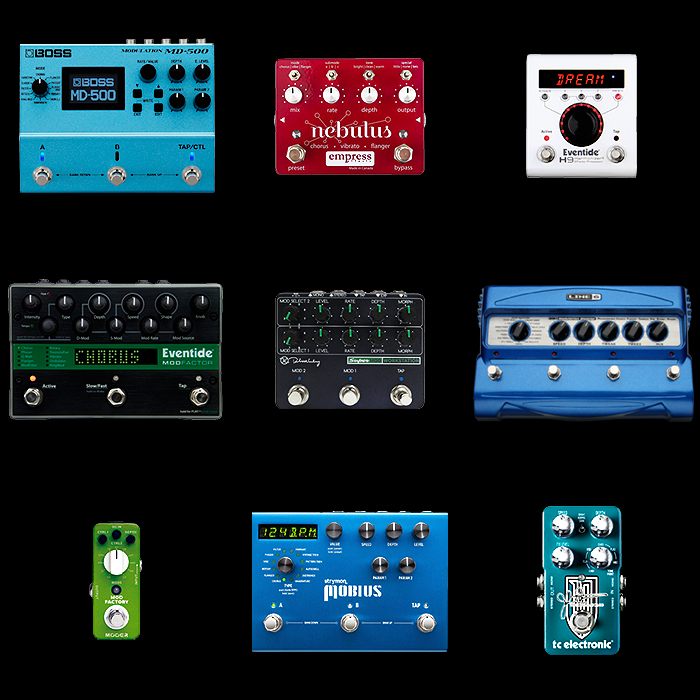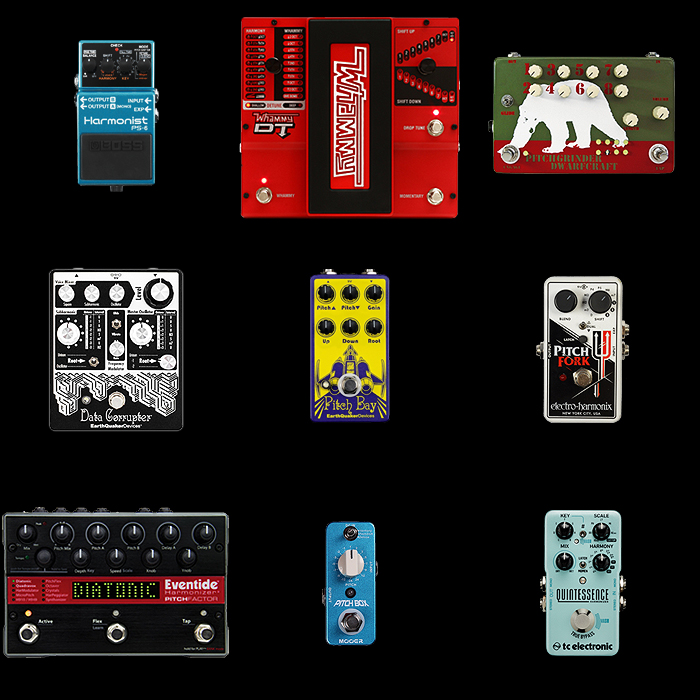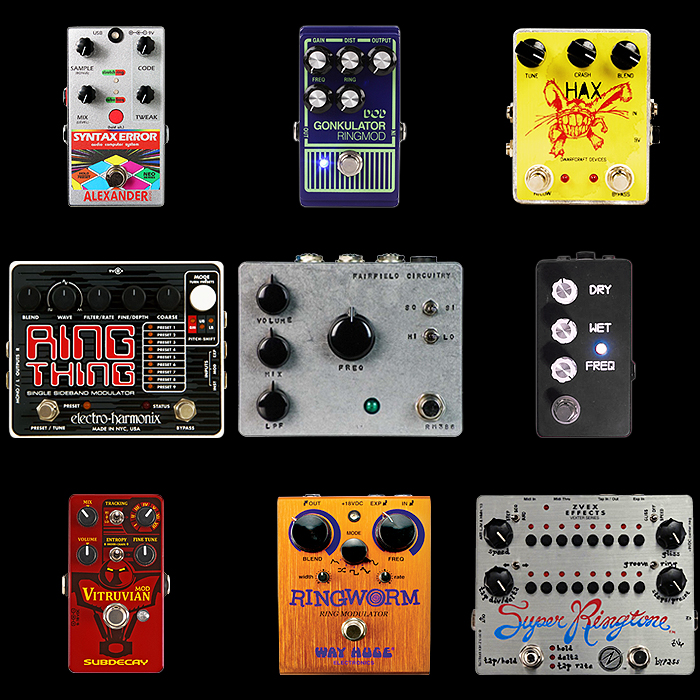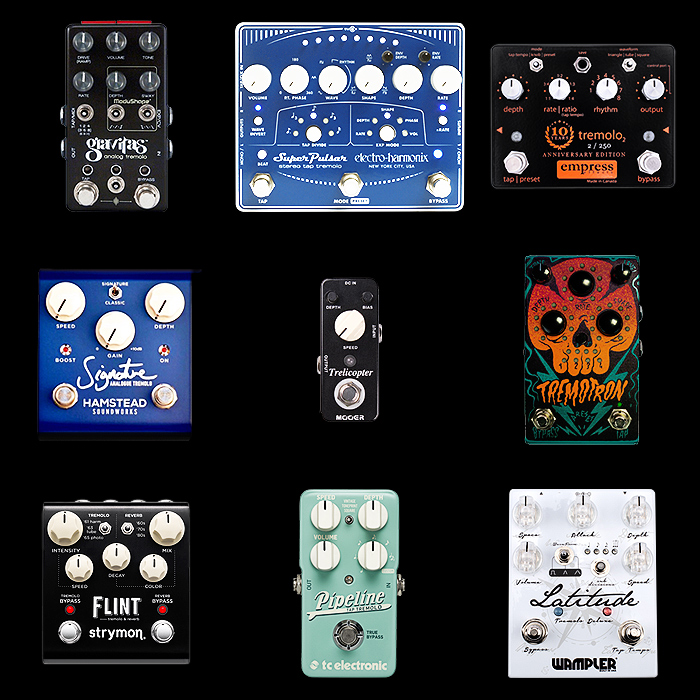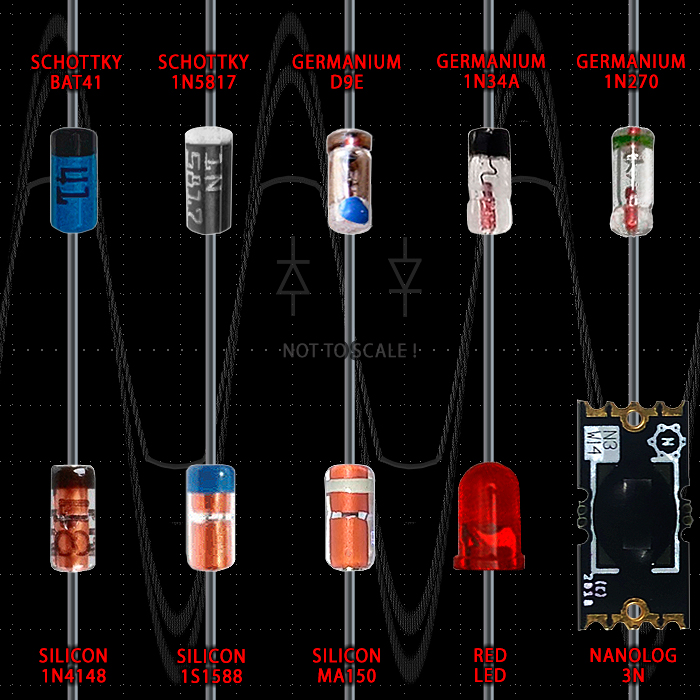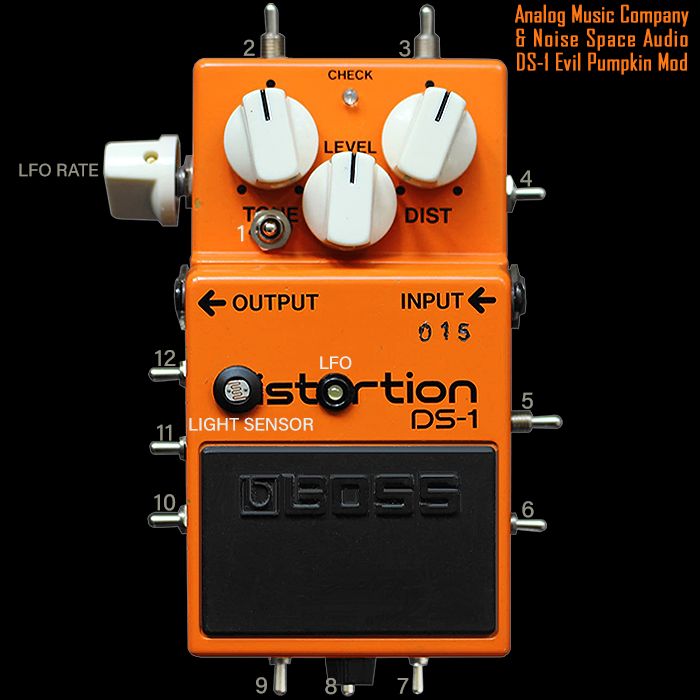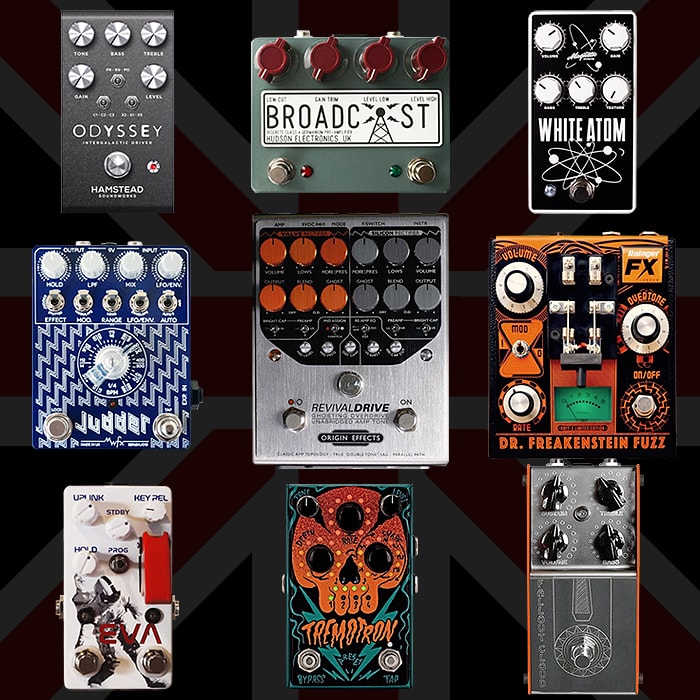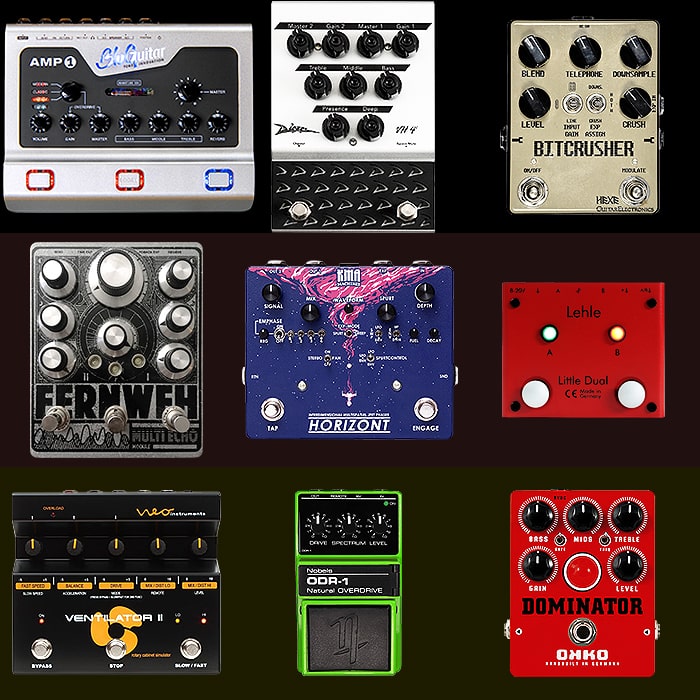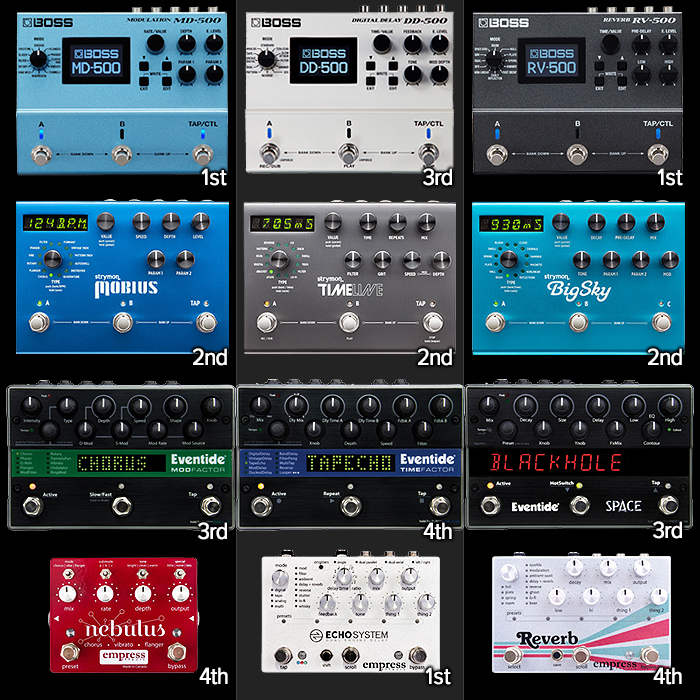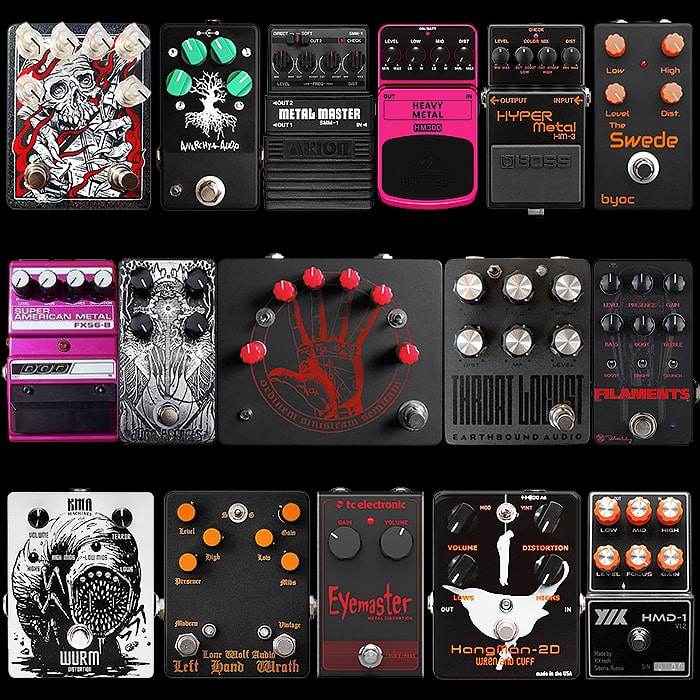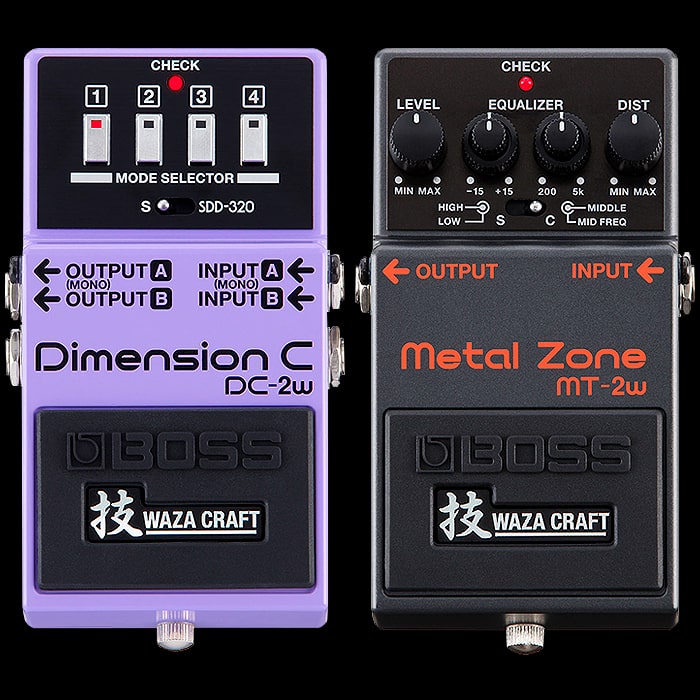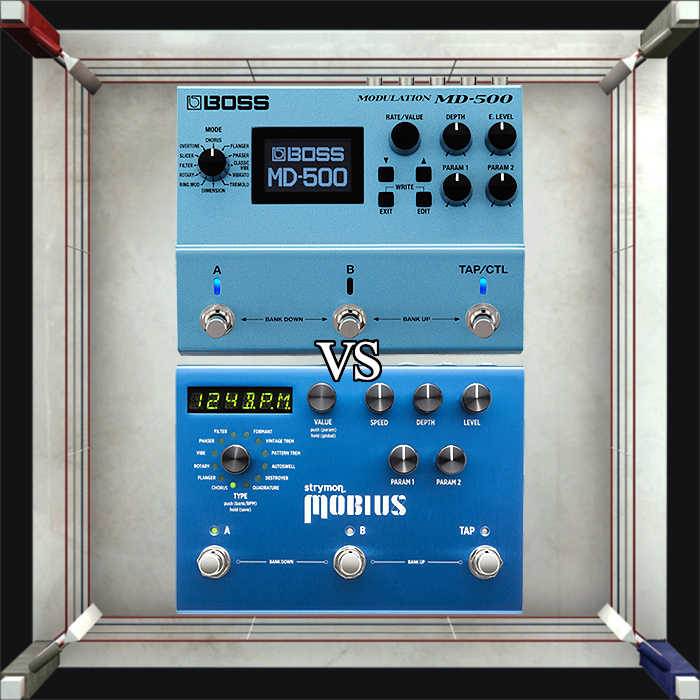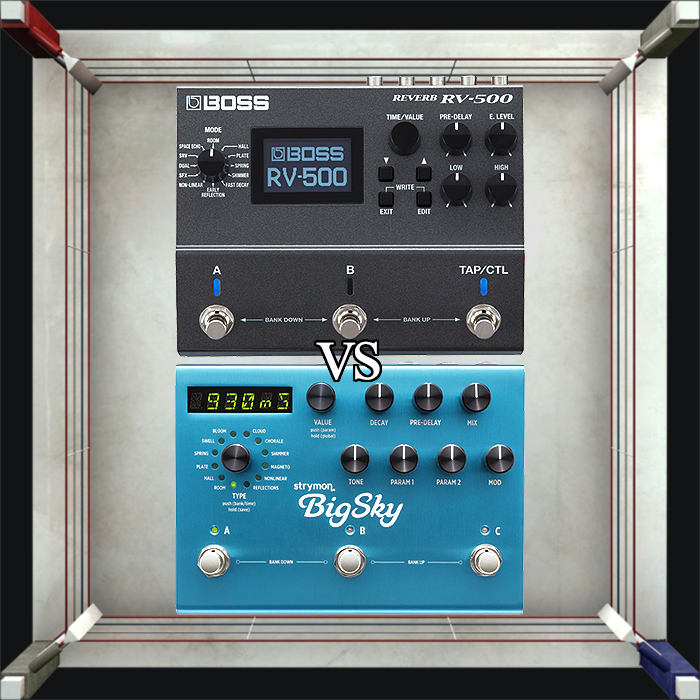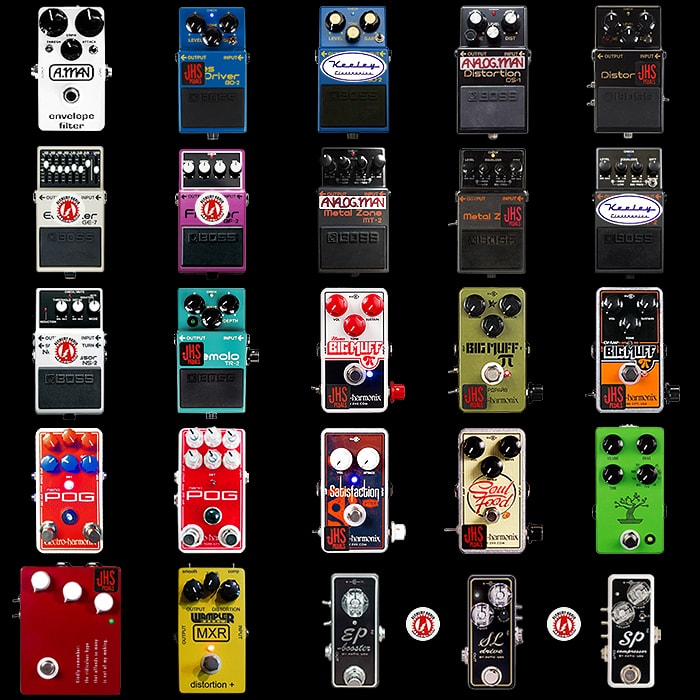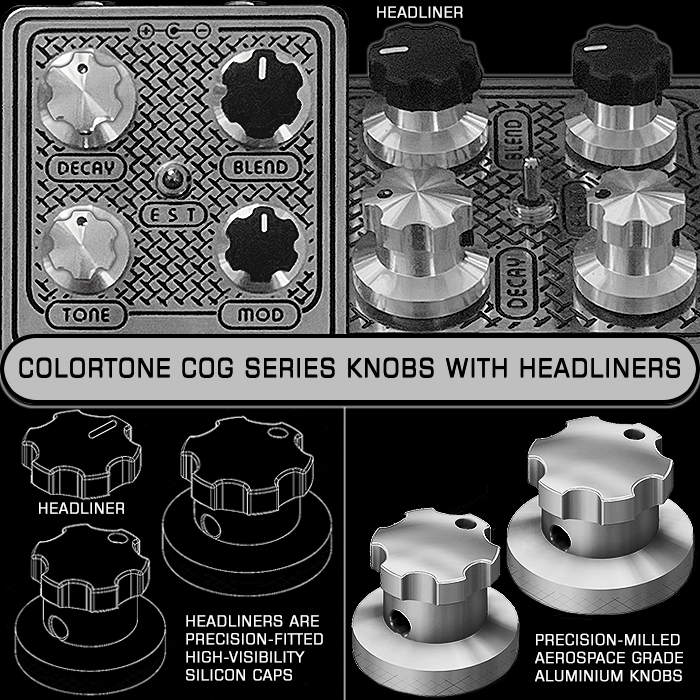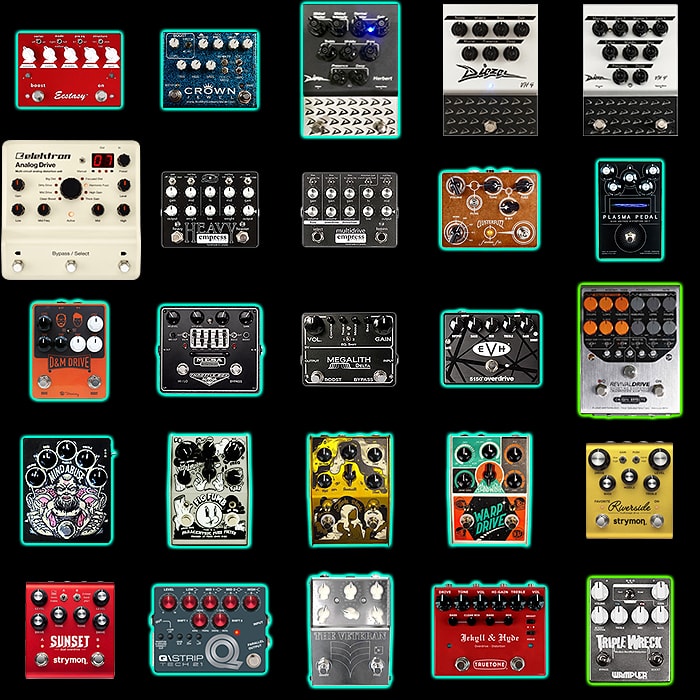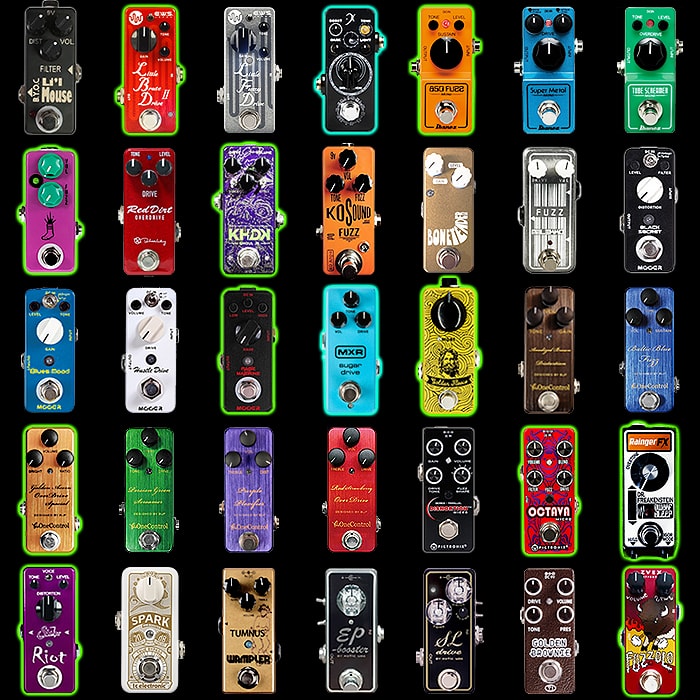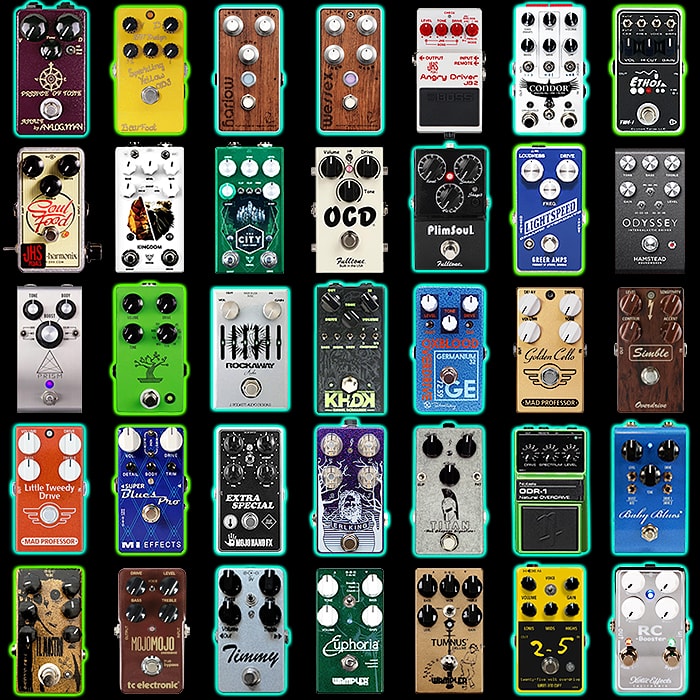The Perfect Large Format and Workstation-Type Pedal Design
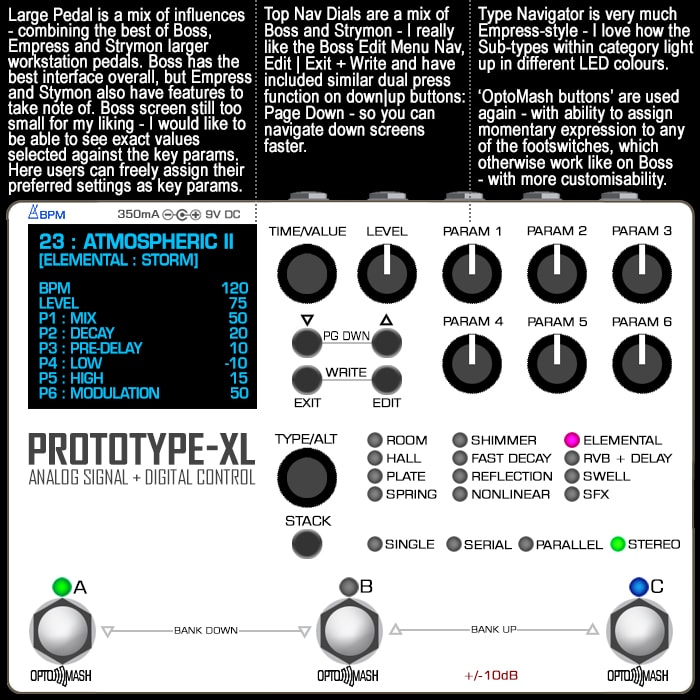
This piece concludes my musings on ideal pedal formats in the different enclosure size categories - starting with Compact, then Mini, then Medium, and now finally Large!
I have always subscribed to the view that larger workstation pedals are the way to go for the most productive playback of Modulation Effects, Delay and Reverb. A key reason why this is the case is that the principal representatives of the genre - the Eventide X-Factor pedals, Strymon’s ’Stryfecta’ of Mobius, TimeLine and BigSky, Boss’s MD-500, DD-500, RV-500 and Empress’s EchoSystem and Reverb - allow you to so quickly and seamlessly switch between an enormous variety of effects - to accommodate pretty much every eventuality and playing style.
I have combined my ownership and experience of Boss, Empress and Strymon large-form-factor workstation-style pedals to come up with the above projection / extrapolation. It captures the best qualities of each of those pedal types and expands on them.
My starting point in this instance is the Strymon Enclosure - whose dimensions and overall form-factor I’ve used as my base. I have then combined it with a mixture of Boss, Empress and Strymon controls, with an extrapolation of the Boss display screen - for reasons I will endeavour to explain.
At the end of my stereo pedal-chain, I currently run a Boss MD-500 modulation workstation, then Empress EchoSystem delay workstation, completed by a Boss RV-500 reverb workstation - all of those being my preferred current pedals for those slots. Within the last 6 months or so - they have replaced my Strymon ’Stryfecta’ - which I still retain for occasional alternative / secondary swap-out purposes.
I love each of the 3 pedals I run currently, and I believe they are the strongest candidates for each of those slots, although each has issues too. In many ways the Empress is my favourite - being the easiest to tweak and change, but the most difficult to replicate same settings on, and with a cool, but not altogether memorable system for presets. I also don’t like the fact that I can’t dial in the exact time signature or BPM on the Empress - like I can on the other pedals for those roles.
A key advantage of the Boss pedals is the vastly improved menu system and navigation interface - versus the obvious Strymon inspiration - which always proved tricky to navigate through for me. That said, the Boss menu system is still far from perfect - so I have enlarged the display-screen so that you can instantly and directly see the main current settings as applied by each of the input dials featured. This differs hugely from the Empress where you have to try to memorise exactly what Thing 1 and Thing 2 do for each of the 36 algorithms - an impossible task frankly.
The Boss has enormous and long scrolling screens of menus which take a while to scroll down individually by line entry - so I have introduced a dual-press function on the Down and Up keys - to allow you to ’Page Down’ whole screens - to more quickly reach the option you need to change on the Sub-Menus. I also feel that use of the the TYPE/ALT dial could accelerate access to certain other key functions.
So the Main Menu display screen is a significant evolution of the existing Boss one. To its right you have a system of dials and buttons which combines Boss and Strymon topologies. I really like the Down | Up | Exit | Edit | Write system - so I’ve kept that. For the Strymon, even some of the named dials change function on occasion, so to me it made best sense just to list out Param 1 - 6 dials - where each is visibly referenced on the bright display screen with the Parameter Option that has been assigned - e.g. P1 (Param 1) = Mix, P2 = Decay etc. The system would have the most likely defaults assigned already for each algorithm and preset, but users can also assign their own preferred settings options as overrides.
Below the main Control Dials and Buttons, we next have the Type/ALT selection - which is ’borrowed’ entirely from Empress - where each Type category has several subset algorithms - each indicated by a different LED colour in sequence - allowing for 7 different algorithms to be presented in this way - or 12 Key Categories (Room, Hall, Plate etc.) each with a potential 7 sub-categories. The EchoSystem currently houses 36 algorithms out of a maximum 84 possible!
At the base of the pedal we have a combination of Strymon and Boss footswitch functionality - plus some innovation. I would go slightly further than Boss - allowing any switch function, Tap control etc. to be assigned to any of the A | B | C footswitch options. I would make this easier to accomplish using the ALT function button. One of my main bugbears with the Boss RV-500 is how quickly and how highly complicated it can get when deploying both Reverb and Delay functions as you can d in duplicate. I struggled to get to grips with all the different defaults and secondary effects on/off options you could apply to the footswitches - and I’m sure there is room for significant improvement there with my extended screen real-estate and slightly more intuitive menus - also using ALT button for quick access and assignment of said footswitch functions.
Upon further consideration and reflectinon I decided I really liked Empress EchoSystem’s tone-stacking ’Engines’ button options, so I incorporated those too! (Perhaps a touch too much?)
I have said many times that your key settings controls should always be ’surface-mounted’ for ultimate clarity and immediate accessibility. And in getting to the ultimate user interface which accommodates a whole load of functionality, you really do need all those key elements I have included!







